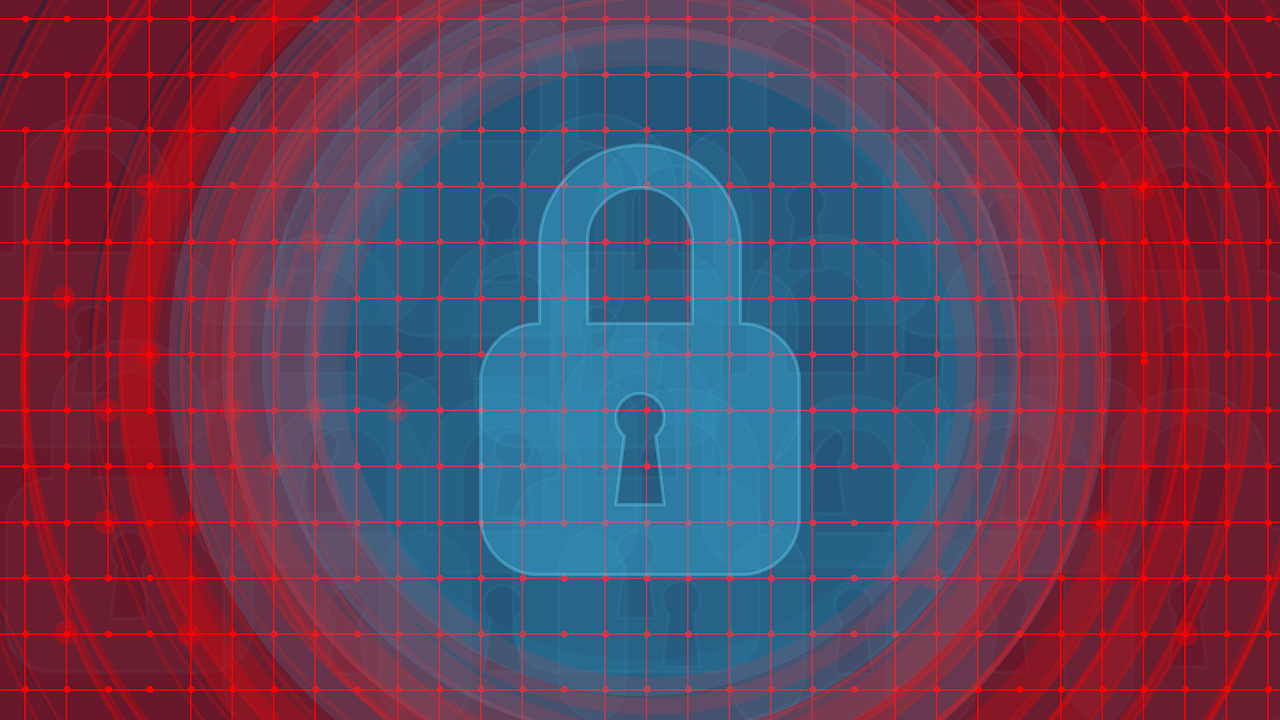
Ransomware attacks are evolving, and critical infrastructure sectors like government, healthcare, and energy are increasingly in the crosshairs. These sectors, responsible for delivering essential services to millions, face heightened risks from ransomware 2.0—a more sophisticated wave of attacks characterized by double extortion and data leaks. The stakes couldn't be higher, as a successful attack can disrupt vital services, causing damage far beyond financial loss.
The Rise of Double Extortion and Data Leaks
Traditional ransomware attacks focus on encrypting a victim’s data, demanding payment in exchange for decryption. While this tactic remains effective, attackers have upped the ante with double extortion. In this approach, criminals exfiltrate the data before encrypting it and threaten to leak sensitive information if the ransom isn't paid. This increases the pressure, as organizations face the dual threat of operational shutdowns and reputational damage.
Double extortion has become prevalent in critical infrastructure sectors like financial services and healthcare, where data privacy and trust are crucial.
“Sensitive data leaks, such as operational or patient information, amplify the risk for these organizations,” says Trevor Dearing, director of critical infrastructure solutions at Illumio, a cybersecurity company that specializes in zero-trust segmentation. “They’re more likely to pay the ransom to avoid operational shutdowns and public exposure. Adversaries understand that this dual-threat makes ransomware attacks far more dangerous to the critical infrastructure sector, which is why they often target these organizations.”
Vulnerabilities in Critical Infrastructure Sectors
One of the reasons critical infrastructure sectors are such appealing targets for ransomware attackers is their reliance on legacy systems. Many of these organizations operate with technology that was designed long before the current cybersecurity landscape came into focus.
“Critical infrastructure is heavily relying on specialized technology and knowledge—often procured,” says Balázs Greksza, threat response lead at Ontinue, a managed detection and response provider. “Technical equipment often outlives the supplier, with no security updates for outdated software or hardware that wasn’t designed with security in mind. Healthcare, utility, and energy equipment lifecycles are often 10-25 years, while the security landscape is changing way faster.”
Additionally, the nature of critical infrastructure—where continuity and availability are paramount—often leads to delays in updates and security patches. When you factor in misconfigured perimeter defenses, such as weak passwords or insecure remote access, a workforce poorly trained in security best practices, and supply chain vulnerabilities that expand the attack surface, attackers have multiple entry points into critical infrastructure systems, making them easier targets for ransomware and other cyber threats.
Best practices for defending critical infrastructure
Given the severity of the threat, organizations with critical infrastructure must adopt proactive defense strategies to protect themselves against ransomware 2.0. Three foundational pillars—network segmentation, regular backups, and a robust incident response plan—are essential.
1. Network Segmentation
Segmentation is one of the most effective ways to limit the spread of ransomware once an attacker gains access to a network. By dividing networks into smaller, isolated segments, organizations can prevent malware from moving laterally and compromising other parts of the system.
Critical infrastructure organizations should also follow Zero Trust principles, where every access point—whether internal or external—requires validation before connecting to the network. This helps minimize the attack surface and strengthens the overall security posture.
2. Regular Backups
Backups are a safety net that allows organizations to restore their data without paying a ransom. To be effective against modern ransomware tactics, backups must be frequent, isolated, and regularly tested.
“Backups must not just be on a different network segment but completely air-gapped from the primary network with no way to access backup copies,” says Yogesh Badwe, chief security officer at Druva, a cloud data protection company.
Organizations should test their restore mechanisms regularly to ensure that backups can be quickly and effectively used during an attack. Having multiple copies of backups stored in secure locations is essential for redundancy. Dearing recommends following the 3-2-1 rule: having three total copies of data, two stored on different devices and one off-site or in the cloud.
3. Incident Response Planning
A strong incident response plan is vital for minimizing the damage from a ransomware attack. An effective IR plan should include detailed steps for containment, mitigation, and recovery, as well as clear communication protocols with stakeholders, regulators, and the public.
However, the actual plan should be tailored to the unique infrastructure, systems, and risks of each organization. This ensures the plan is both practical and effective in addressing specific vulnerabilities.
Evolving Tactics and Preparing for the Future
Ransomware 2.0 isn’t the final evolution of the ransomware threat. Organizations will face increasingly sophisticated ransomware tactics going forward, particularly through supply chain attacks that exploit third-party vendor vulnerabilities to access critical infrastructure. Generative AI will help attackers identify weaknesses and create sophisticated exploits, while quantum computing threatens to undermine current encryption standards, making traditional security measures like passwords less effective. Initial Access Brokers (IABs), who sell access to compromised systems, will continue lowering the barrier for attackers.
Dearing says there are several simple actions organizations can take immediately to combat these threats, like regularly updating and patching systems and implementing strong password policies. Following security practices like the ones outlined above is also a critical step. But ultimately, adopting a multilayered security approach must be coupled with a new mindset.
“For security practitioners, the focus needs to shift from trying to prevent every attack to making sure the lights stay on,” Dearing says. “Organizations need to become breach tolerant so that they can maintain services while under attack.”